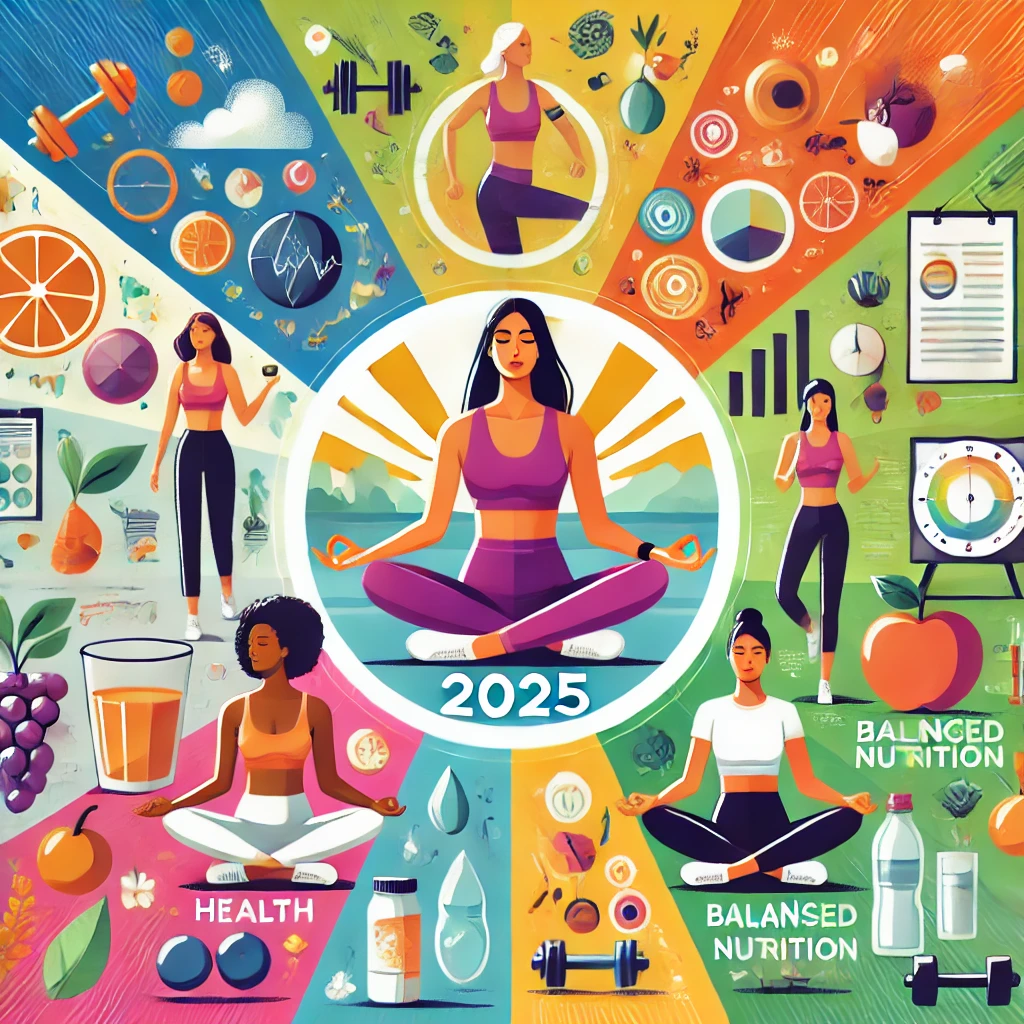Physical fitness is not just about having a toned body or achieving a specific weight goal—it’s a holistic state of physical, mental, and emotional well-being. In today’s fast-paced world, where sedentary lifestyles are increasingly common, maintaining physical fitness has become more critical than ever. Whether you’re aiming to feel energetic, reduce health risks, or simply improve your quality of life, embracing fitness can transform your daily routine and long-term health.
Why Physical Fitness Matters
- Boosts Overall Health:
Regular physical activity strengthens the heart, improves lung capacity, and helps regulate blood pressure. It reduces the risk of chronic illnesses such as diabetes, obesity, and cardiovascular diseases. Moreover, it enhances your immune system, making you less prone to infections. - Mental Well-being:
Exercise releases endorphins, often referred to as “feel-good hormones.” These natural chemicals combat stress, anxiety, and depression, leaving you feeling more positive and confident. Fitness activities like yoga and meditation are particularly effective in promoting mental clarity and reducing emotional distress. - Increases Energy Levels:
Regular exercise boosts stamina and endurance. By improving circulation and oxygen delivery to your muscles, it helps you feel more energetic throughout the day. Instead of feeling sluggish, you’ll find yourself more motivated and productive. - Improves Quality of Sleep:
Physical fitness also has a profound effect on sleep quality. Engaging in regular exercise helps regulate your sleep patterns, allowing for deeper and more restorative rest. - Enhances Longevity and Quality of Life:
Fit individuals often experience a better quality of life, with fewer health complications as they age. Staying active keeps your body agile and reduces the risk of injuries and degenerative diseases like arthritis and osteoporosis.
Components of Physical Fitness
To achieve balanced fitness, it’s important to address several components:
- Cardiovascular Endurance:
Activities like running, swimming, and cycling improve heart health and lung capacity, ensuring your body efficiently uses oxygen. - Strength Training:
Incorporate exercises such as weightlifting, resistance training, or bodyweight exercises to build muscle strength and improve metabolism. - Flexibility:
Stretching exercises or practices like yoga enhance your range of motion, reduce the risk of injuries, and improve posture. - Balance and Coordination:
Activities such as Pilates, tai chi, or even simple balance exercises can improve coordination and prevent falls, especially as you age. - Body Composition:
Maintaining a healthy balance of fat and muscle is essential for overall health. A balanced diet combined with regular exercise is the key to achieving this.
Getting Started with Physical Fitness
If you’re new to fitness, start small and set realistic goals. Here’s how to begin:
- Choose Activities You Enjoy:
Fitness doesn’t have to be boring! Whether it’s dancing, hiking, swimming, or playing a sport, find something you love to do. - Make a Schedule:
Consistency is key. Set aside time each day for physical activity, even if it’s just 20-30 minutes. - Start Slow:
Avoid overexertion when beginning. Gradually increase the intensity and duration of your workouts. - Stay Hydrated and Eat Well:
Proper nutrition and hydration are crucial. Focus on a balanced diet rich in fruits, vegetables, lean proteins, and whole grains. - Rest and Recovery:
Give your body time to recover after intense workouts. Overtraining can lead to injuries and fatigue.
Overcoming Barriers to Fitness
Many people struggle to maintain a fitness routine due to common challenges such as lack of time, motivation, or resources. Here are some tips to overcome these barriers:
- Time Management: Incorporate physical activity into your daily routine, like taking the stairs, walking during breaks, or doing quick workouts at home.
- Stay Motivated: Set clear goals and track your progress. Working out with a friend or joining a class can also keep you accountable.
- Low-Cost Options: Fitness doesn’t require an expensive gym membership. Bodyweight exercises, jogging, or online workout videos are cost-effective ways to stay active.
Conclusion
Physical fitness is a lifelong journey, not a destination. It’s about creating habits that support your overall well-being and finding joy in movement. Whether you’re looking to improve your health, boost your mood, or simply enjoy life to the fullest, staying active is one of the best investments you can make in yourself.
Start small, stay consistent, and remember: every step you take toward fitness is a step toward a healthier, happier you.














